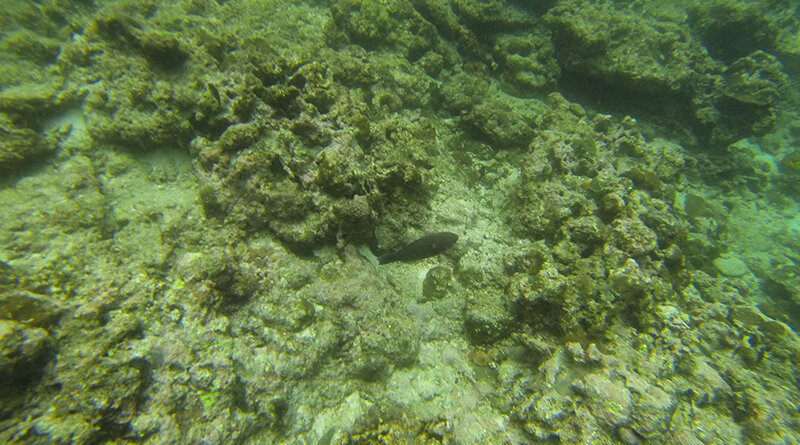Toxic Algae is Poisoning Sea Lions and Dolphins, but What Does it Mean for Boaters and Anglers?
SANTA BARBARA— Hundreds of dead sea lions and dolphins are washing up along the coast of Ventura County, and experts believe it is due to a high concentration of toxic algae. While algae blooms are not uncommon, this is concerning as beachgoers are having to navigate around a shoreline of carcasses.
Over 100 dolphins have been discovered washed up, while others have witnessed sea lions having seizures on the sand.
According to Michelle Kowalewski, the executive director of the Channel Islands Cetacean Research Unit (CICRU), a nonprofit that works to assess any manmade or natural detriments to whales, dolphins, and porpoises in and around the Sanat Barbara Channel, the deaths are likely due to a domoic acid toxin produced by algae.
“That algae gets eaten by anchovies, and then the dolphins and the sea lions eat the anchovies and get sick from the toxin,” said Kowalewski in an interview. “It affects their brain, and then they die.”
Beachgoers and researchers see an average of ten dead dolphins washing ashore daily. The blooms are nothing new, but this level of intensity is, and CICRU hopes the peak of the event is already behind them.
What does this mean for boaters, anglers, and those in the ocean?
Don’t worry, anglers; according to Kowalewski, “this toxin is found in tiny algae cells,” she said. “It would take quite a bit to make a person sick. It can accumulate in shellfish and cause Amnesic Shellfish Poisoning if ingested, but again, concentrations need to be high. A boater jumping into the water would probably not be able to ingest enough to make them sick.”
“Domoic Acid is water-soluble,” said Kowalewski. “This makes it pass through the body pretty quickly without being stored in body tissues. As long as the fish is properly gutted and the intestines are removed, the muscle is fine to eat and not contaminated. Shellfish are not gutted, and that is why there is a shellfish closure. Levels in shellfish are monitored by the Department of Health, and closures occur when concentrations reach a certain threshold.”
The toxin in the algae mimics a neurotransmitter, essentially causing neurons in the brain to fire continually. This makes the animal seizure and possibly feel disoriented. According to Kowalewski, aggression most likely stems from the stress of a wild animal feeling sick and fearing predators. Wild animals become stressed around humans, dogs, and other predators. This is when they bite to protect themselves. Beachgoers are urged to stay away from any distressed animals to prevent any attack.
For more information visit fisheries.noaa.gov.


